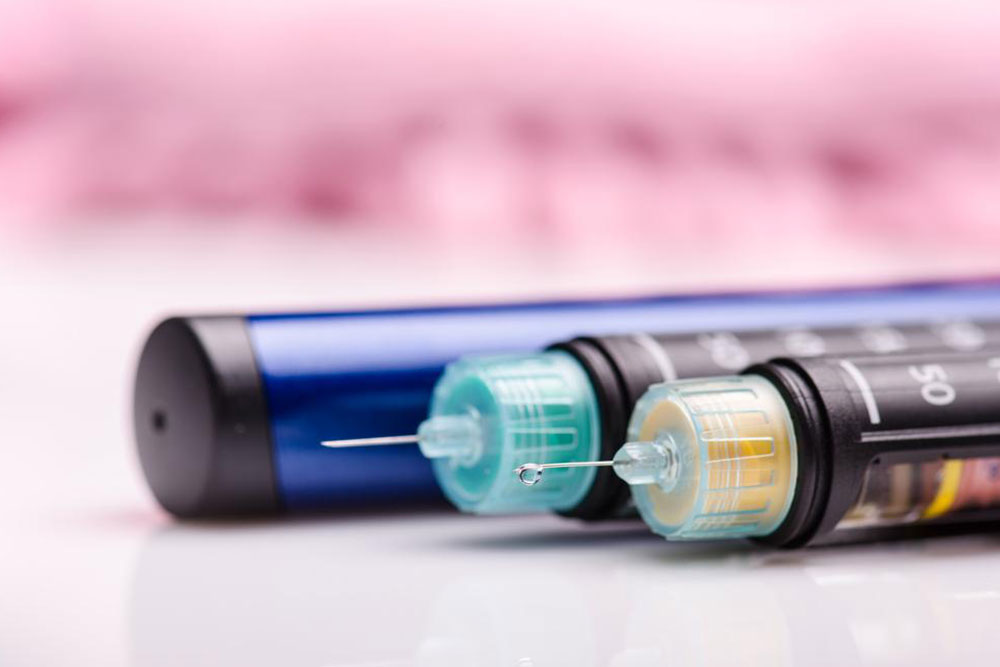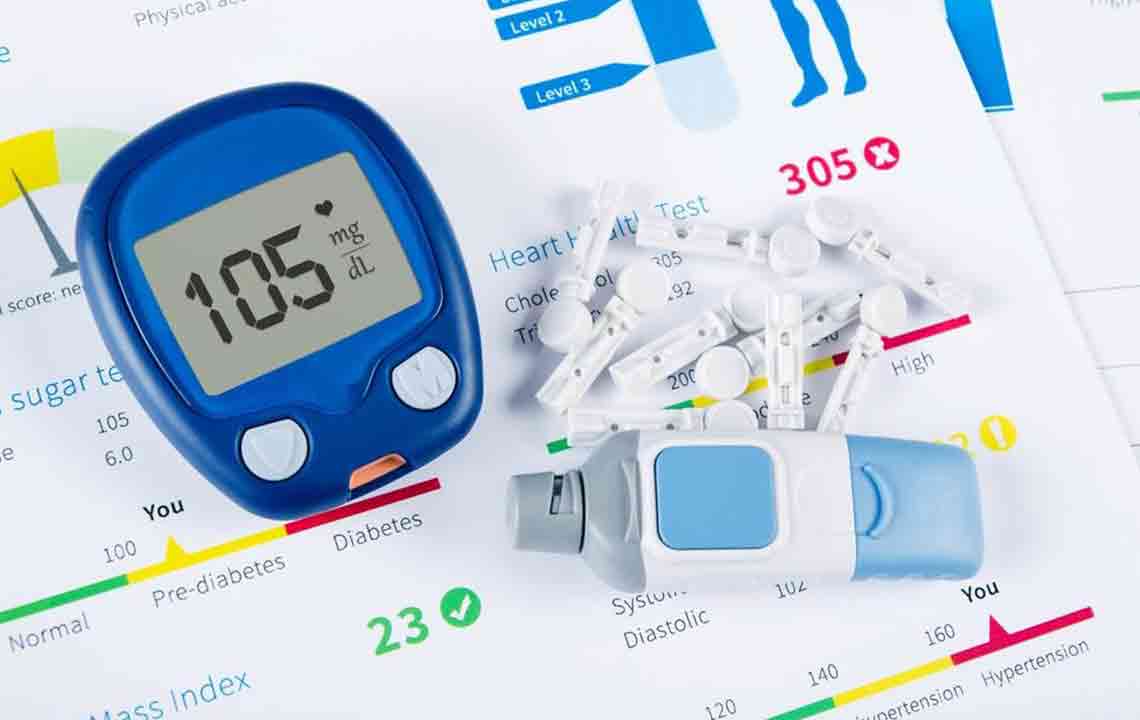Managing Gout and Diabetes: Effective Strategies
This article explores the link between gout and diabetes, highlighting their connection and effective management strategies. It covers risk factors, treatment options, dietary recommendations, and lifestyle tips to help individuals control both conditions and improve their quality of life.

Managing Gout and Diabetes: Effective Strategies
Gout, a type of arthritis, results from elevated uric acid levels in the blood. Those with type 2 diabetes are more likely to develop gout, and vice versa. Gout causes sudden joint swelling and pain, especially initially in the big toe. Uric acid, a waste product from purine breakdown in food, normally dissolves in blood and is eliminated through urine. However, when excess uric acid is produced or kidneys can't remove enough, crystals form and deposit in joints and tissues, causing gout.
The Connection Between Gout and Diabetes
Hyperuricemia, elevated uric acid levels, often follows gout. Studies indicate that individuals with type 2 diabetes are at higher risk of hyperuricemia, and those with high uric acid levels or gout are more susceptible to developing diabetes. Insulin resistance, where sugar remains in the bloodstream instead of entering cells, is central to type 2 diabetes development. This insulin resistance also promotes gout, while hyperuricemia further worsens insulin sensitivity.
According to the 2014 publication in the Annals of Rheumatic Diseases, the link between gout and diabetes is particularly significant in women. Women with gout are more likely to develop diabetes than those without gout, emphasizing the importance of managing both conditions effectively.
Strategies for Gout and Diabetes Management
Maintaining uric acid levels at or below 6 mg/dL is essential for individuals with diabetes to reduce gout risk. Medical professionals may order blood or urine tests to determine uric acid levels and prescribe treatments that decrease uric acid production or enhance its elimination.
Gout treatments include xanthine oxidase inhibitors, which reduce uric acid production, and uricosuric agents, helping the kidneys excrete more uric acid. Additionally, anti-inflammatory medications can alleviate pain and swelling. Applying cold packs to affected joints and resting during gout attacks is recommended. NSAIDs are commonly prescribed for pain relief.
Managing diet is crucial: avoid purine-rich foods like shellfish and certain dairy products, limit alcohol intake, and stay well-hydrated with at least eight glasses of water daily. Regular exercise helps control blood sugar, and addressing other health issues such as kidney problems and hypertension can prevent uric acid buildup.










